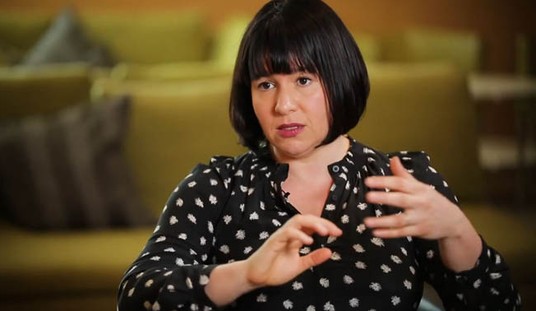Get ready to hear a lot about supposedly harsh winter weather in supposedly the warmest year on record, and port closings in a period where imports seemed to have no trouble coming on shore. The ballooning trade deficit contributed to a red-ink first quarter, according to the second estimate from the Commerce Department:
The world’s largest economy hit a bigger ditch in the first quarter than initially estimated, held back by harsh winter weather, a strong dollar and delays at ports.
Gross domestic product in the U.S. shrank at a 0.7 percent annualized rate, revised from a previously reported 0.2 percent gain, according to Commerce Department figures issued Friday in Washington. The median forecast of 84 economists surveyed by Bloomberg called for a 0.9 percent drop. By contrast, the report also showed incomes climbed, fueling the debate on whether GDP is being underestimated.
A swelling trade gap subtracted the most from growth in 30 years as the appreciating dollar caused exports to slump while imports rose following the resolution of labor disputes at West Coast ports. Federal Reserve officials are among those who believe the setback in growth will be temporary, helping explain why they are considering raising interest rates this year.
It’s the second below-zero Q1 in a row, both of which were blamed on weather despite seasonal adjustments to data. The Q1 results follow a less-than-spectacular Q4, though, and look more like a trend when considering the most recent economic indicators. The excuse about the port closings look pretty threadbare, since imports actually increased by 5.6%. How did those imports get into the country if the port closings created the 7.6% decline in exports? Magic containers?
This time, personal consumer expenditures (PCEs) took a slightly bigger hit than first thought, dropping from 1.9% in the initial estimate to 1.8%. That slowdown occurred even while prices declined by 1.6% in Q1, and while disposable income grew 5.3%. Personal income in Q4 also got upwardly revised from $94.5 billion to $117.2 billion, which means that income pressures didn’t create the consumer slowdown. Whatever small amount of dynamism this recovery has seen came primarily from PCEs, and the decline there doesn’t bode well for 2015.
What’s more, the numbers reflect a sunnier estimate than perhaps it should be, thanks to inventory growth. Real final sales of domestic product, which disregards inventory adjustments, fell 1.1%, more than the overall GDP. Furthermore, while private investment increased a wan 0.12% in Q1, the biggest increase in that category was in transportation equipment. The key indicators of business investment, including non-residential structures (-0.67%) and information technology (-0.18%), turned downward.
When both businesses and consumers start acting as if a storm is coming, it may be time to reach for the umbrella — or choose another route.








Join the conversation as a VIP Member